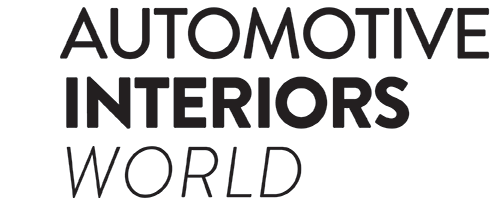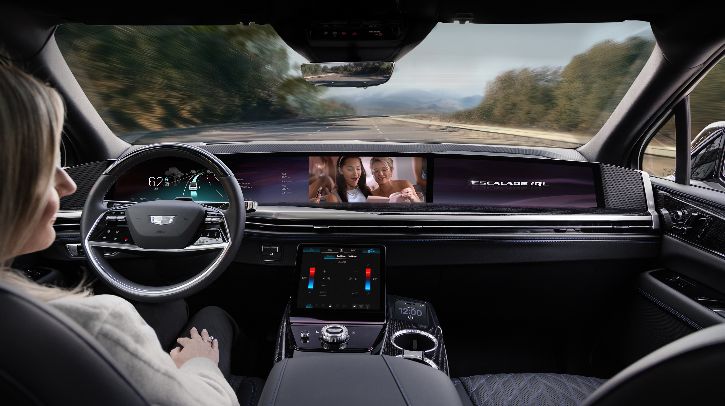General Motors has announced it plans to launch conversational AI via Google Gemini in 2026 and eyes-off driving in 2028 as it focuses on an intelligent and AI-driven future.
Eyes-off driving
The company plans to bring eyes-off driving to market in 2028, debuting on the Cadillac Escalade IQ electric SUV.
GM says its combination of advanced technology, large-scale deployment and proven safety systems from Super Cruise provides the foundation for the next phase of personal autonomy. The company has mapped 600,000 miles of hands-free roads across North America, with customers logging 700 million miles using Super Cruise without a reported crash linked to the system.
Cruise’s technology stack — including multimodal perception systems, AI models trained on five million driverless miles and a simulation framework running virtual test scenarios — feeds directly into GM’s next-generation driver-assistance and autonomy programs, GM said.
Conversational AI
Starting next year, GM vehicles will integrate conversational AI powered by Google Gemini, enabling drivers to talk with their cars as naturally as with another person. Over time, GM plans to roll out its own custom-built AI, designed specifically for its vehicles. Connected through OnStar, the system will learn from the vehicle’s onboard intelligence and driver preferences to provide relevant, vehicle-specific information like upcoming maintenance needs or optimal route timing, with controls that enable the driver to decide what they share and how personalized they want their vehicle.
The conversational AI will also be able to help with other tasks that will support the driver, such as explaining features like one-pedal driving, detecting a maintenance issue early, preconditioning the vehicle before the morning commute, or recommending a dinner spot based on the driver’s past preferences and routes.
Computing upgrade
GM plans to introduce a centralized computing platform in 2028, debuting in the Cadillac Escalade IQ and marking a complete reimagining of how vehicles are designed, updated and enhanced over time. Designed to support both EVs and gas vehicles, the platform will unite all major systems — propulsion, steering, infotainment and safety — on a single high-speed computing core.
The platform is expected to deliver 10 times more over-the-air update capacity, 1,000times more bandwidth, and up to 35 times greater AI performance to support autonomy and advanced features. Designed for long-term adaptability, it will enable GM vehicles to receive ongoing improvements and software enhancements throughout their lifecycle.
In related news, Qualcomm and Harman collaborate on AI personal assistant



